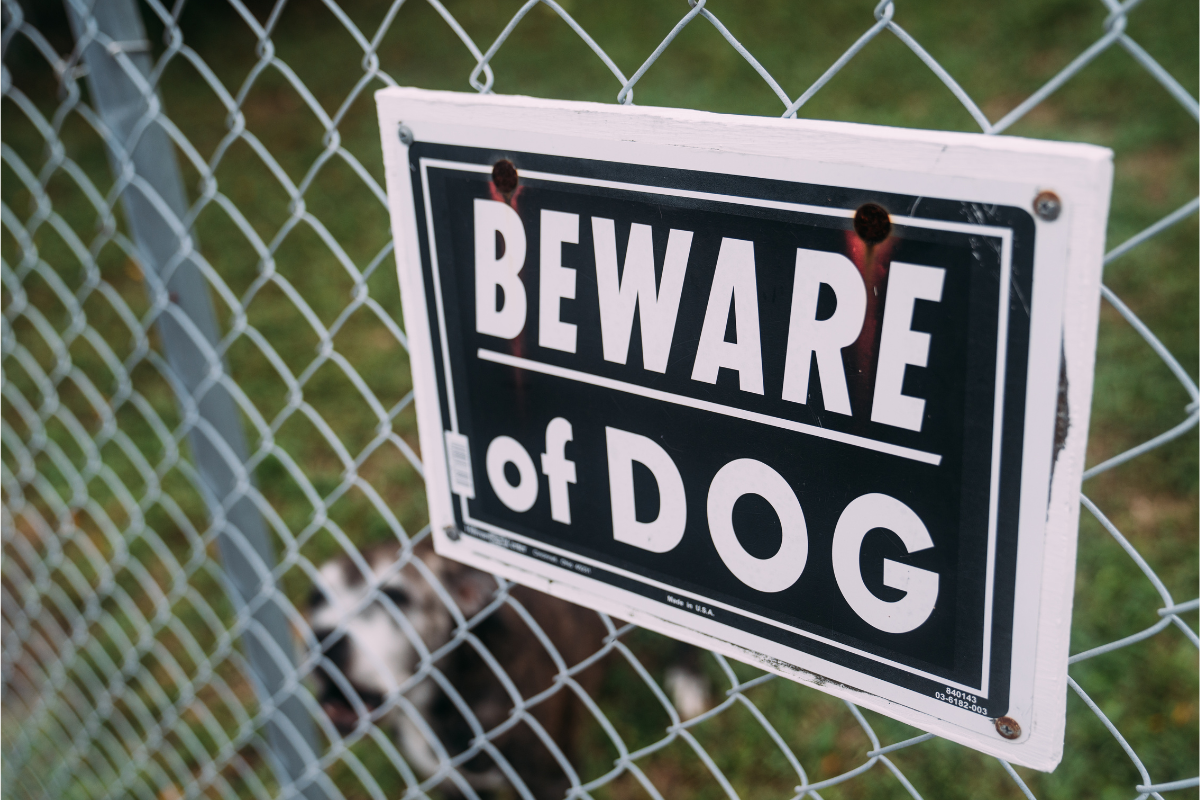Labor Day is more than just a three-day weekend in September. It is a national U.S. holiday that honors the American labor movement and the contributions workers have made to the strength, prosperity, laws, and well-being of our country. The labor movement grew out of the need to protect the common interests of workers across all industries. The movement's long-lasting effects continue to protect workers all over the United States from workplace injuries.
Labor movement activists fought for better wages and safer working conditions. In addition, the movement is what led to companies offering health benefits and aid to workers who were injured on the job. The movement made a significant impact on the laws that govern the safety in workplaces across the United States.
This Labor Day, we take a look at the ways companies across the country can continue this legacy and keep their employees safe.
Workers’ Rights
Federal law entitles you to a safe workplace. Your employer must provide a workplace free of known health and safety hazards. Workers have the right to:
- Receive training in a language they understand
- Safe machinery
- Safety gear such as gloves, harnesses, and lifelines to protect from harmful substances or dangerous environments
- Report and review injuries or illnesses as a result of unsafe work conditions
- Receive copies of medical records
- Get copies of test results that show hazards in the workplace
- Request an Occupational Safety and Health Administration (OSHA) inspection
In addition to these rights, the law protects employees from retaliation. For example, it is illegal for an employer to fire, demote, transfer, dock pay, or other means of retaliation against a worker. Workers should feel confident in their decision to report unsafe or unhealthy working conditions. Despite these laws protecting workers, violations still occur. Because of this, OSHA has complaint forms workers can fill out if an employer violates employee rights.
Employer Responsibility: Implementing a Safety Program
Employers are legally required to maintain a safe and healthy workplace. The best way for an employer to maintain a safe work environment is through implementing a safety program. Each organization should have its own industry-specific system. However, there are some basic elements a safety program should always contain.
A successful safety program to prevent workplace injuries will have the following:
1. Commitment to the Safety Program
The first step in building a safety program is getting a commitment from executives to ensure safety and wellness. Further, this is a commitment that should rank high on every priority list. Businesses may also include workplace safety in the company’s mission statement to ensure that all employees know it is a goal.
2. Identification of Hazards and Risks
A hazard is a situation or event that causes potential harm, and the risk is the likelihood that the hazard will occur. Companies should know about dangerous equipment and situations that could lead to injury so they can take proper preventative measures.
3. Means to Identify and Control Hazards
The law doesn’t require employers to eliminate all risks, but they are required to protect employees as far as what is reasonably practical. Talking with employees is one way to identify hazards. Employers should work to determine the following:
- Workplace hazards, such as the placement of equipment
- Activity hazards, such as using heavy machinery
- Environmental hazards, such as airborne toxins or particles
In addition, a comprehensive survey of the workplace will help identify safety hazards.
4. Compliance with OSHA Regulations
The best way to ensure a safe work environment is to comply with OSHA regulations specific to your industry.
5. Training on Safe Work Practices
Adequate training is a necessary part of every employer’s safety and health program. It is the first line of defense in protecting employees from injuries or illnesses. Research suggests that new employees have a higher rate of accidents and injuries. Because of this, OSHA published Training Requirements in OSHA Standards to aid employers in proper training. This document provides a general outline of the best practices employers should use.
Employers should provide training in the following situations:
- New hires
- Employee transfers between departments
- Employees assigned to new responsibilities
- Changes or new processes, substances, and/or equipment
- New hazards are identified
- The need or regulation calls for a refresher training
6. Mutual Respect, Care, and Open Communication
All incidents should be reported, and more importantly, employees should not feel afraid to report workplace injuries.
7. Continual Improvement in Workplace Safety
Employers should evaluate the safety process each year. A proper evaluation of a business’ safety program will help determine strengths and weaknesses. Also, employers should investigate all incidents reported and make any necessary changes to prevent further injuries. An investigation should include the following:
- Determine the causes of the incident
- Identify steps to avoid chances of repeat occurrences of similar accidents
- Take corrective action and monitor results
Evaluations and examinations will help employers improve their safety program and ultimately reduce workplace accidents and injuries.
The Carlson Law Firm Helps Victims of Employer Negligence
The origins of the Labor Movement predates our firm by more than 200 years. However, since our founding more than 40 years ago, we have championed the rights and worked tirelessly on behalf of workplace injury victims. Our attorneys have experience handling a wide range of cases, including the following:
- Construction site accidents
- Industrial and manufacturing injuries
- Farm and ranch accidents
- Oilfield accidents (fires, explosions, oil well blowouts, equipment failure, etc.)
- Gas explosions
- Foodservice injuries like burns and kitchen slip-and-fall accidents
- Back injuries and other lifting accidents
- Health care worker injuries
- General workplace injury in the office or warehouse
We serve injured workers statewide. We are available to speak 24/7 to discuss your legal options. No appointment is necessary during normal business hours, and bilingual staff members are available to assist our Spanish-speaking clients. Hablamos tu idioma.
If your employer failed to implement safety steps and programs to ensure workplace safety, contact a workplace injury attorney. Our attorneys can help you prove your employer’s negligence led to your workplace injuries. Moreover, we can help you recoup the full amount for injuries and collect punitive damages. We care. We can help.




